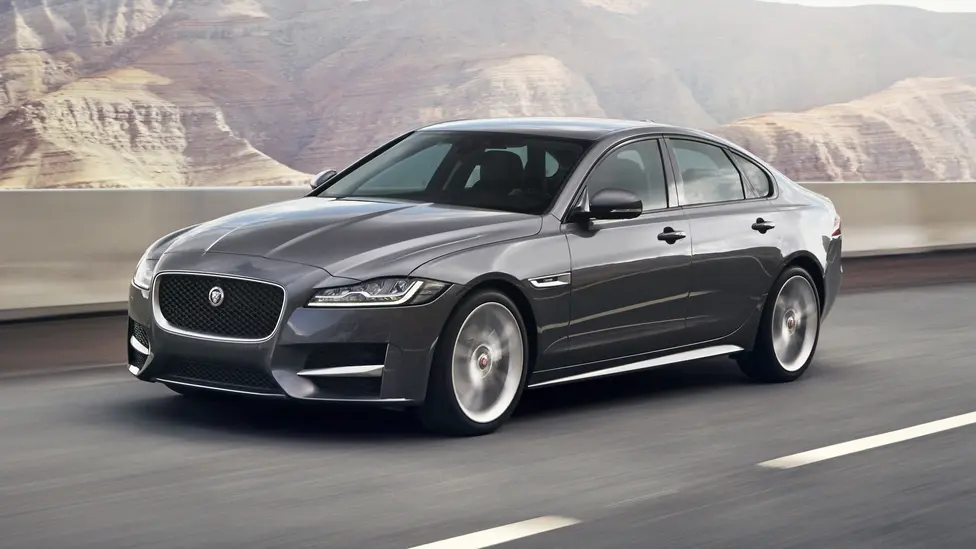Driving in rainy weather can pose unique challenges, including reduced visibility, slippery roads, and longer stopping distances. While many vehicles are equipped to handle wet conditions, some are not ideally suited for such weather due to design, performance, or safety features. Here’s a look at 10 cars that may not be the best choices for rainy weather.
1. Sports Cars (e.g., Mazda MX-5 Miata)
While sports cars like the Mazda MX-5 Miata are known for their performance, they often lack the stability and traction control systems found in more practical vehicles. Their low profile and rear-wheel drive can make them prone to hydroplaning, and their sporty tires may not provide the grip needed in wet conditions.
2. Luxury Sedans (e.g., Jaguar XF)
Luxury sedans like the Jaguar XF may offer a smooth ride and advanced technology, but they often have low ground clearance and rear-wheel-drive systems that can struggle on slick surfaces. These vehicles can also be more challenging to handle in heavy rain, especially with their high-powered engines that may encourage aggressive driving.
3. Compact Cars (e.g., Fiat 500)
Compact cars like the Fiat 500 can be fun to drive but may lack stability in rainy conditions. Their lightweight design and short wheelbase can make them more susceptible to being pushed around by wind and water on the road. Additionally, their smaller tires may not provide adequate traction on wet surfaces.
4. Classic Cars (e.g., Ford Mustang from the 1960s)
Classic cars, such as vintage Ford Mustangs, often lack modern safety features and technology designed for adverse weather. Their older tires may not perform well in the rain, and their mechanical components might not be equipped to handle the challenges posed by wet roads.
5. Luxury Sports SUVs (e.g., Porsche Macan)
While luxury SUVs like the Porsche Macan offer impressive performance, they can be less stable in rainy conditions. Their high center of gravity can lead to rollover risks during sharp turns, and their performance tires may not grip the road as well when wet. Additionally, these vehicles are often more suited for dry, smooth conditions rather than slick, wet surfaces.
6. Convertibles (e.g., Chevrolet Camaro Convertible)
Convertibles like the Chevrolet Camaro Convertible may seem appealing for their open-air driving experience, but they can be problematic in rainy weather. Their low profiles can make them less stable on wet roads, and if caught in a sudden downpour, the risk of water leakage and compromised visibility can be significant.
7. High-Performance Hatchbacks (e.g., Ford Focus RS)
High-performance hatchbacks like the Ford Focus RS are designed for speed and agility but may struggle in rainy weather. Their powerful engines and performance tires can lead to skidding or loss of control in wet conditions. Additionally, the sport-tuned suspension can result in a stiffer ride that does not absorb road imperfections well in the rain.
8. Minivans with Poor Traction (e.g., Dodge Grand Caravan)
Minivans like the Dodge Grand Caravan can be convenient for families but may not be the best choice for rainy weather, especially if they lack all-wheel drive. Their weight can make them harder to maneuver in wet conditions, and poor tire quality may reduce traction, leading to potential hazards.
9. Old Pickup Trucks (e.g., 1980s Chevy C10)
While classic pickup trucks like the Chevy C10 are beloved for their ruggedness, their older designs often lack the safety features and technology found in modern vehicles. They may have limited traction control and braking systems that can struggle in rainy conditions, making them less stable on slick roads.
10. Microcars (e.g., Smart ForTwo)
Microcars like the Smart ForTwo are highly maneuverable and fuel-efficient but can be challenging to drive in rainy weather. Their small size and lightweight design make them prone to being buffeted by wind and water, and their narrower tires may not provide the traction needed on wet surfaces.
Driving in rainy weather requires extra caution and the right vehicle to ensure safety and performance. While many modern cars are equipped to handle wet conditions, some vehicles are better left for drier days. If you live in an area prone to heavy rain, consider investing in a car designed for stability, traction, and safety in adverse weather conditions.











